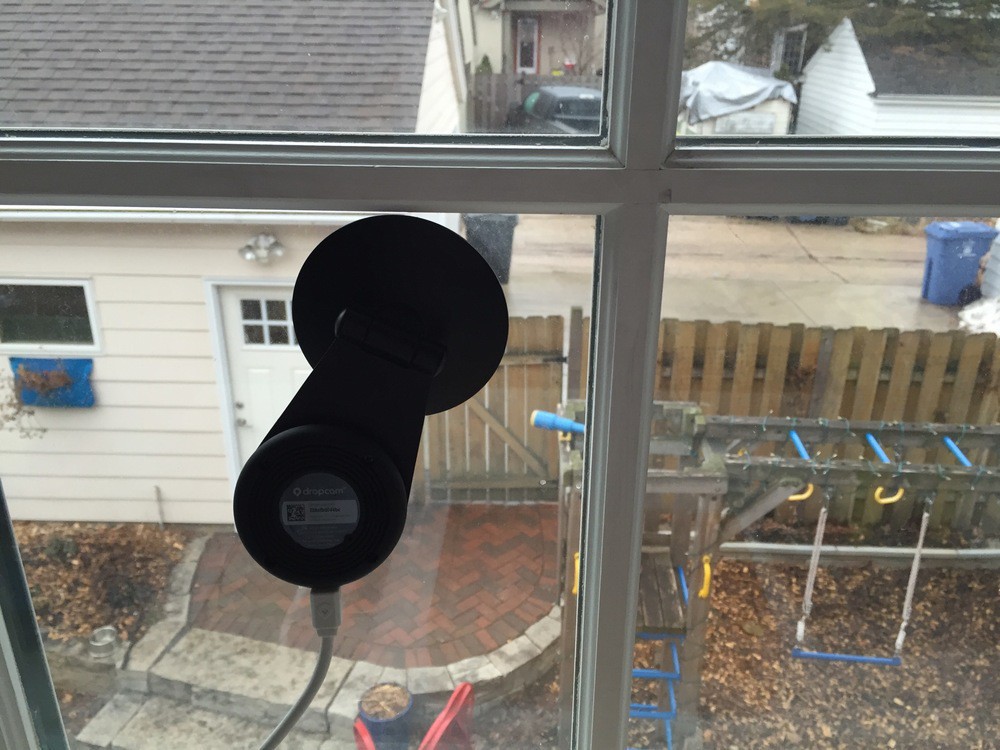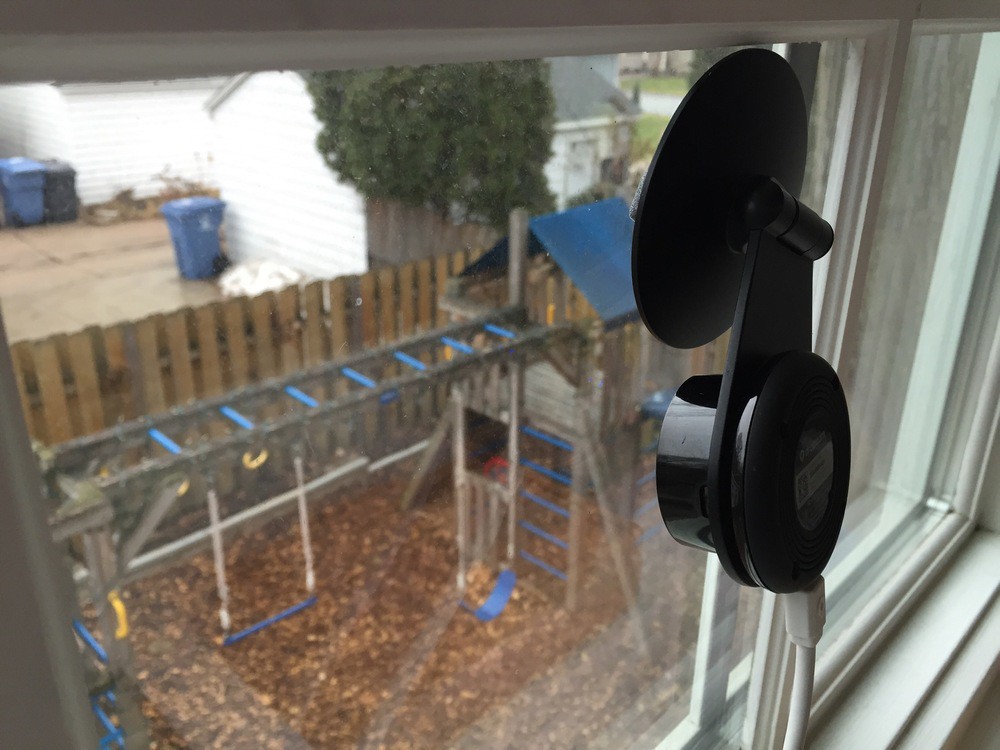Wanted: Dropcam Window Mount
I’ve had a Dropcam now for several months and I really like the device. It is super simple to setup, has a very small and manageable form factor and it is one of those things that “just works”. I have it setup in our house pointing at the garage and alley with 7-day continuous video recording and motion detection. We live in South Minneapolis and garage theft is a common occurrence. The Dropcam keeps an eye 24x7 on activity around our garage and through our alley.
The biggest challenge I had was figuring out where to mount it. It has a really nice metal stand that provides a lot of options, but we have it placed in a bay window and there just wasn’t any place I really had an option to screw the mount into. I finally decided to use some double-stick tape and attach it to the window.

Once I did this it really struck me how nice it would be if Dropcam made a proper window mount for the camera. The camera itself is relatively light and fairly thin. It is like a small hockey puck that sits in the metal stand. It could easily be set directly onto a window.

I have to think a lot of Dropcam units end up pointing at the outside through a window. This mount I did works okay, but has some real shortcomings that a proper mount would remove.
Dropcam Window Mount
Here is what I wish I could exchange US currency with Dropcam to have.
-
A circular mount that attaches to a window with suction cups (probably 4 or 6 suction cups). Imagine something that is shaped like a ring flash and holds the Dropcam in the middle.
-
The mount should allow a degree of swivel to the Dropcam itself so that it can be mounted directly on the glass, but still allow pointing the Dropcam a number of degrees one way of the other.
-
A little cable management to route the USB power cable in a way that limits the impact of a tug on the cable on the direction the camera is pointed.
-
It should shield against ambient light in the room. This is the biggest issue with my mount. Since there is about 1" of space between the glass and the camera, at night when the lights are turned on in the room a reflection bounces off the glass and into the camera which messes up the picture but more importantly the camera detects it as motion so you get a false positive of motion.
That is easily a $20 to $30 add-on that would be a “no brainer” for many installations.